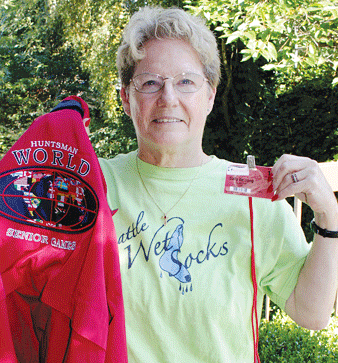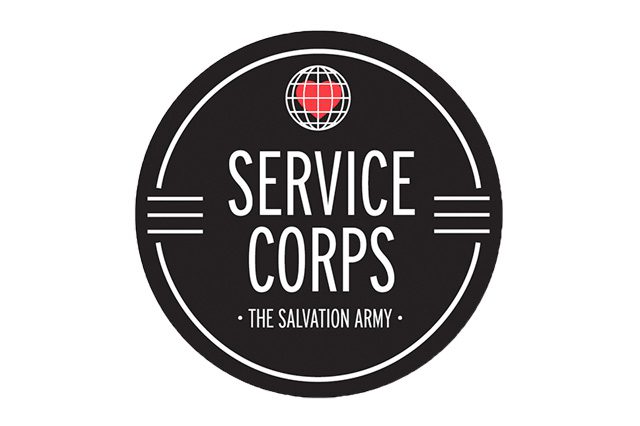By Kelly Pontsler, Major
Five hundred twenty-five thousand six hundred minutes (to borrow a thought from the songwriters), how do you measure a year?
In daylights, in sunsets, in cups of coffee? In inches, in miles, in sports seasons? In meetings attended, in days of operation, in toys distributed? Five hundred twenty-five thousand six hundred minutes, that’s how many we each get, but seriously, how do you measure a year?
It’s an interesting thought. What is the commodity or transaction or event that best describes all that any one of us has accomplished this year? The temptation is to quickly fall into a recitation of a long list of statistics (and we do like our statistics in this Army of ours). But at the risk of offending a few, so what? Yes, we are busy people. Yes, our days are long and calendars full. But if that’s all we have to account for 365 earth rotations in orbit, what difference does it make, really? It’s not the heft of our datebook that impresses a sovereign God, nor our unbelieving neighbor down the road. So how do we measure a year?
The Salvation Army has always measured its years in people connections and changed lives. Every statistic in every annual report records the story of someone, somewhere in some city who encountered a member of staff or a Salvation Army volunteer on a day when they most needed hope and found it!
Hope is best transmitted in relationship. It’s the sharing of a moment as a food package is delivered. It’s the look square into the eyes of the other that says, “you exist—I see you.” It’s the joy that bubbles up as the child tears the paper off that Christmas toy, knowing that something cool just has to be inside.
Having no other way to record a collection of activities, we have to count. And having a heartfelt desire to remain accountable to those who support our mission, we know we need to write those numbers down. But they aren’t statistics. They’re people. People in need of hope, delivered by you or me, right here and right now. People waiting for the offer of transformation and regeneration. While we’re counting them, they are counting on us.
I say all of this fully aware that it’s the Thanksgiving and Christmas season in The Salvation Army. For many of you, sitting down with a cup of coffee just long enough to read this brief column is a luxury you really cannot afford. There are big needs and you are working as hard and as fast as you can to get it all done. The pressure cooker of the season has you feeling like you could explode at any moment, and if you do, it won’t be pretty. Changed lives? You’re just hoping to get the frozen chickens to the warehouse in time to get them into the boxes for distribution. It’s the season of seemingly mission impossible.
In his book After McDonaldization, John Drane cites the observation by Leslie Newbiggin that the church has tended “to make mission a burden rather than a joy, to make it part of the law rather than part of the gospel.” Drane believes the reason is because “mission has been regarded as an essentially human activity, for which we need to enlist divine help through intense prayer, whereas a more faithfully biblical understanding would see mission as a divine activity that invites human collaboration.”
If our focus is only statistics and what we feel we have to do, the job will always feel impossible. But we’re talking mission. Playing our part in God’s plan? It’s what we get to do.
You may not get a year’s worth of minutes to influence one life, but you might get five. The duration of a firm handshake, a walk to a car, a quick prayer, a good belly laugh, or a single verse of Scripture might be all you get in this busy season, but the gift of that moment of time can begin the change of a lifetime. (Dear Lord, may it be so!)
Five hundred twenty-five thousand six hundred minutes? Thank you for serving so well. It’s been a great year!












